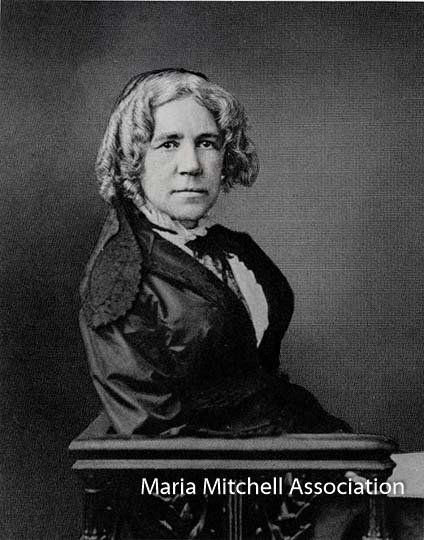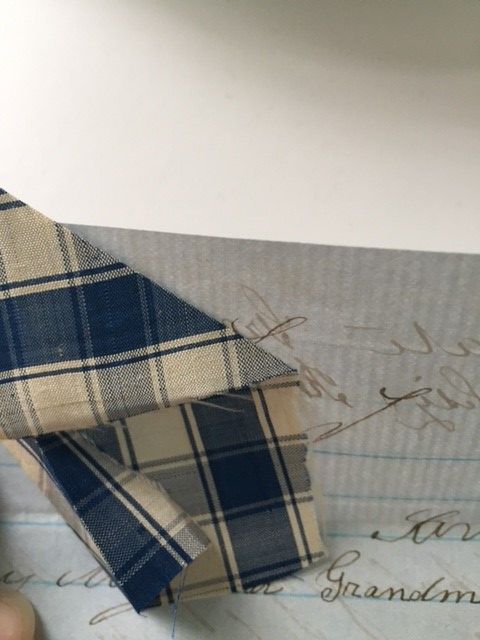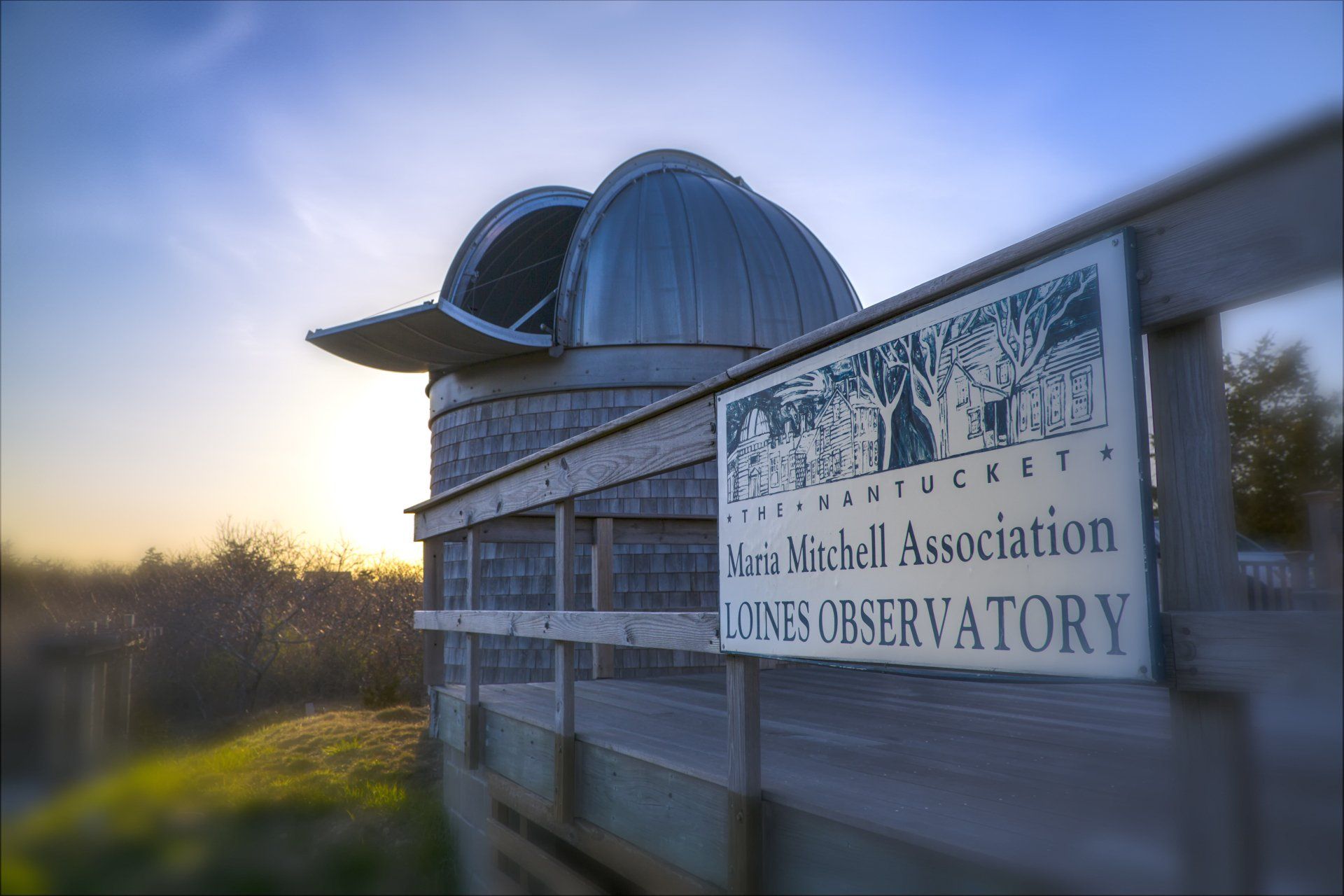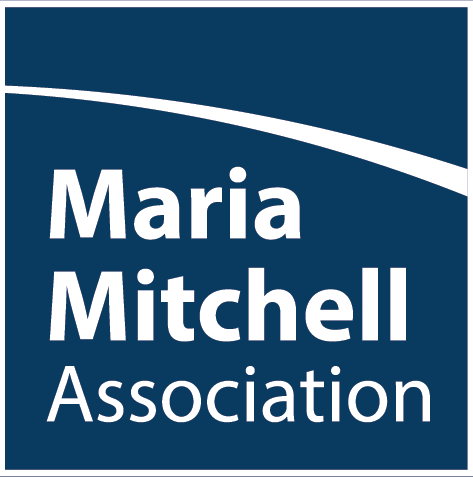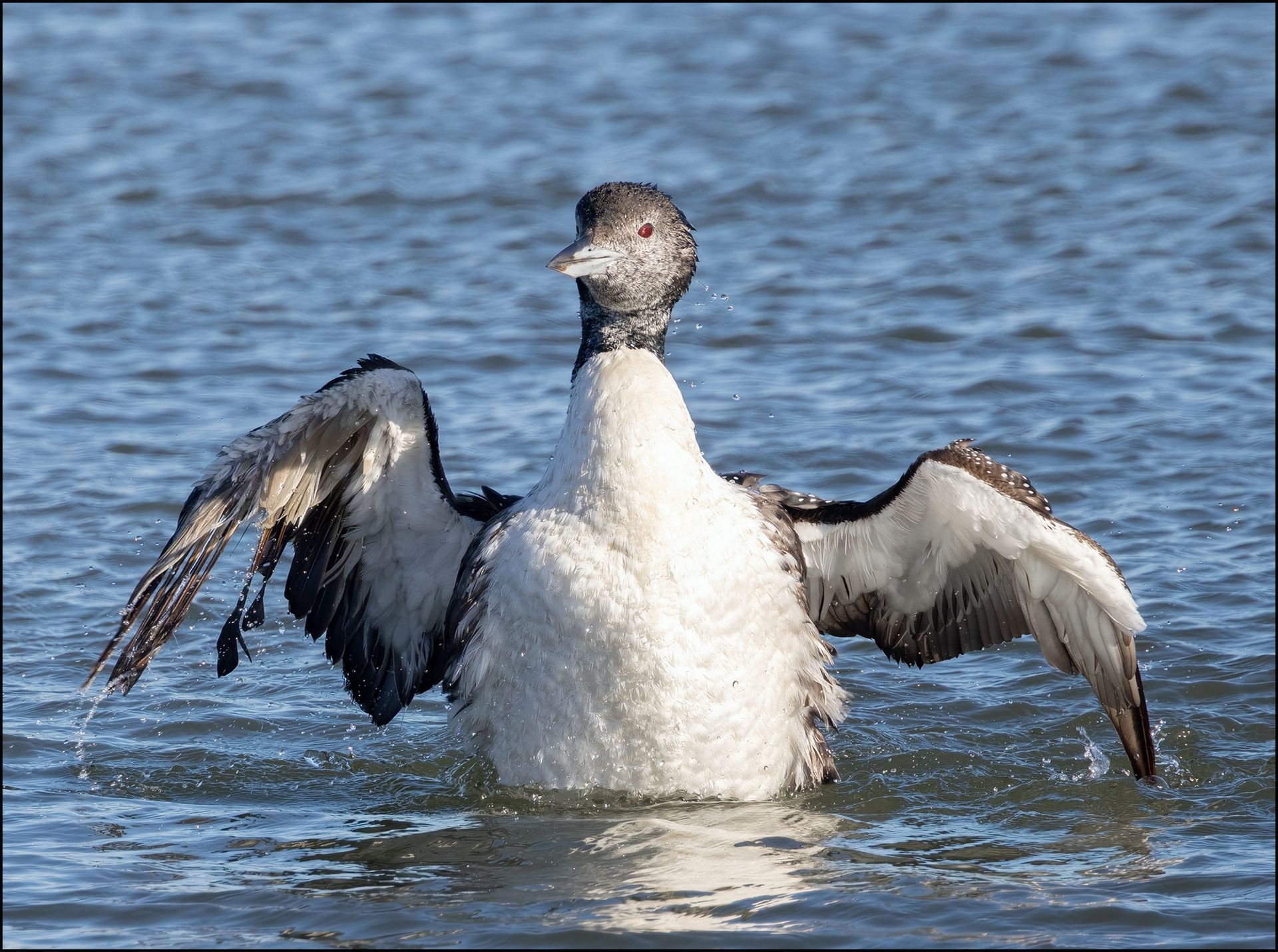Bang, Clang, Hiss!
I grew up, quite literally, with hot water radiators in a Colonial Revival from the 1920s.
There was a huge boiler in the basement that chugged and blew hot belching air. It took up one whole area of the basement and I avoided it. I could hang over on the stairs and stare at its flames at the bottom. It scared me. It not only kept the basement very warm but also very dry. While the house had been built in an area that began to slope at our property, between the furnace and the clever drainage system installed by the builders of the house in the 1920s, our basement was always dry. My mother, the queen of rebates (this is the 1970s and 1980s), had her “rebate and coupon table” right in front of this furnace. I remember it always glowed – and I would not doubt that it still had some asbestos around some of its pipes. Maybe another reason I stayed away – perhaps I was warned away at an early age not just because I could burn myself!
One of my fondest memories of this house was the clang and hiss of the heaters in the winter. It made me feel instantly cozy, as if I was wrapped in a nice warm quilt. If I was in bed at night and it was snowing, all the more warmth and cozy feeling. It was comforting and a sound and feel I still associate with snow and winter. The street light and the snow falling, spiraling down in that pinkish gold of the light – and the hoped for snow day to come!
Forced air systems just don’t do the same thing. And, they suck all the moisture out of the house to boot! They do keep a house quite warm though – but still not the same – and I miss that humidity as do my plants. I reflect back on the hot water radiators – those old cast iron loopy radiators with the valve and perhaps a radiator box to cover them – as it if they kept me super warm. They didn’t. We kept our house at 63F – a lesson I still follow – and it was a big old Colonial-style house so it could be drafty. One reason we had a Franklin stove in our family room and quilts for nighttime television watching!
So many times over the course of a winter, I think of that house where I spent about twenty years of my life, and remember the, “Bang, Clang, Hiss!” of the radiators and the coziness they projected. And while, it wasn’t always warm, it was a lot warmer that the Mitchell House would have been in February!
JNLF
Recent Posts
